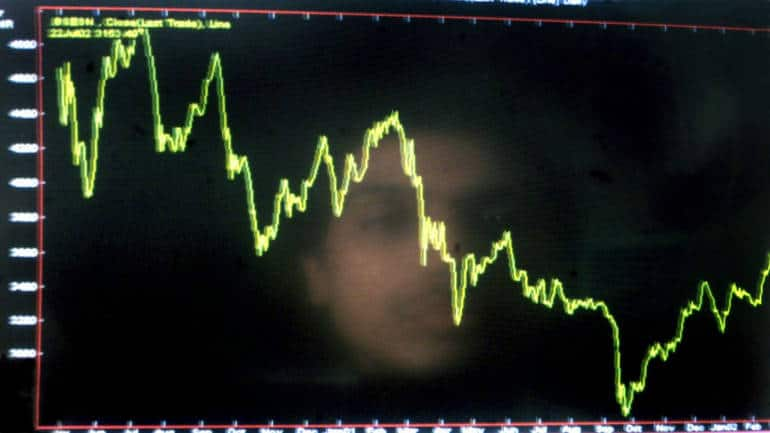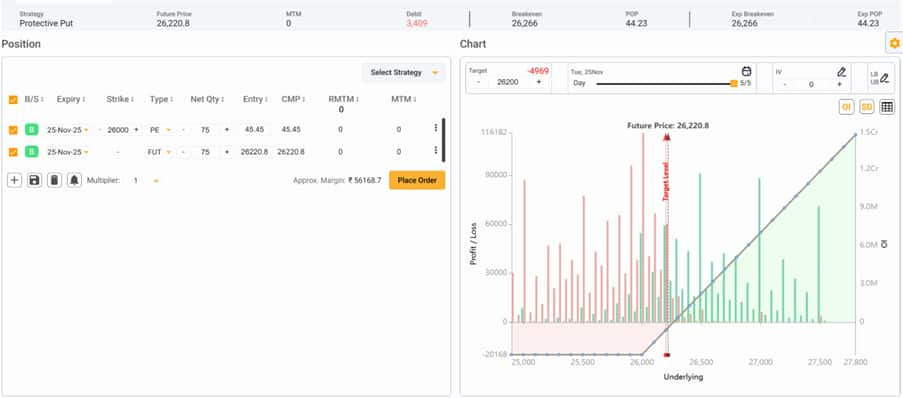Make most out of the earnings season using 4 options trading strategies
The price of an option may at times be more sensitive to volatility than to the underlying. To trade this rationally, one should consider deploying a Spread over just naked options.
SHUBHAM AGARWAL | 13-Jan-18
Reading Time: 3 minutes

undefinedEvent trading consists of one of the largest volumes in Options after Expiry based trades. Have you ever bought a Call option ahead of results and lost money even though the instrument moved in your favour?
Or have you made less profit even after a large up-move in the underlying? I’m sure you can relate to this phenomenon. Does this mean that the basic principles of Option valuation don't hold true?
Lots of questions and multiple confusions is what a trader hits when it comes to trading results.
Let’s learn a few techniques to help you get odds in your favour:
To know More about What are derivatives
Consider spreads over Naked Options
A retail trader likes to keep it simple and buys calls/puts naked in expectation of a result outcome. Volatility which is a component of Option pricing is generally dominating ahead of results.
The price of an option may at times be more sensitive to volatility than to the underlying. To trade this rationally, one should consider deploying a Spread over just naked options.
Directional Spreads:
Directional Spreads are generally created by buying a Near Strike option and selling an Out of The Money strike option to get compensated with some volatility short exposure.
This neutralizes the effect of volatility to some extent and still allows the opportunity to trade the event in direction of your choice. However, the profit is now capped but if the instrument expires at or below the sold strike, it still provides you a superior return in absolute terms.
Trade Either-ways Strategies: Straddle, Strangle, Guts, Strap & Strip
Trade Either-ways Strategies when not sure of a direction but sure of a large movement. The beauty of options trading comes with the fact that it’s not mandatory to have a directional forecast.
A forecast that stock will move either up or down but will definitely move large is also a valid forecast to trade. Most of the common Either-ways strategies are: Straddle, Strangle, Guts, Strap, Strip are all limited risk strategies as it consists of buying options .
The only common component to track other than the levels of the payoff is the volatility. If the volatility is not quoting too high than its historical trend or is cheaper than the expected outcome, deploying an either-ways strategy can be a great idea.
Trade Oscillation when no major movement is expected:
If we buy a stock in cash market a non-movement does not yield a return but options can still make you money. An expectation of underlying not moving much is also a forecast to trade on.
When options are priced at historically high IV’s and you don’t expect a large movement post the result, oscillating strategies could be the right choice. As company results are events with un-certainty protecting the capital is equally important.
Selling a range and buying the bounds pays off with a limited risk if the underlying remains stagnant post result. The profit range could be widened by deploying strategies like Condors still keeping the risk limited.
Learn and read more about futures from Quantsapp classroom which has been curated for understanding of options and futures market from scratch, to enable option traders grasp the concepts practically and apply them in a data-driven trading approach.
Recent Articles

Knowing when not to adjust trades: Shubham Agarwal
27-Dec-25

How to make profit when markets go sideways: Shubham Agarwal
20-Dec-25

Beyond Panic: Take control when your derivatives trade turns red, says Shubham Agarwal!
13-Dec-25

Evolve Your Trade: The missing step in most trading systems: Shubham Agarwal
06-Dec-25

Best trending option trading strategies: Shubham Agarwal
29-Nov-25

3 best ways to hedge using Options: Shubham Agarwal!
22-Nov-25

When in doubt to write, do Iron Fly: Shubham Agarwal!
15-Nov-25

Identify potential turning points with advance-decline: Shubham Agarwal
08-Nov-25

SHUBHAM AGARWAL is a CEO & Head of Research at Quantsapp Pvt. Ltd. He has been into many major kinds of market research and has been a programmer himself in Tens of programming languages. Earlier to the current position, Shubham has served for Motilal Oswal as Head of Quantitative, Technical & Derivatives Research and as a Technical Analyst at JM Financial.
Recent Articles

Knowing when not to adjust trades: Shubham Agarwal
27-Dec-25 10:58:00

How to make profit when markets go sideways: Shubham Agarwal
20-Dec-25 12:14:00

Beyond Panic: Take control when your derivatives trade turns red, says Shubham Agarwal!
13-Dec-25 09:12:00

Evolve Your Trade: The missing step in most trading systems: Shubham Agarwal
06-Dec-25 20:43:00

Best trending option trading strategies: Shubham Agarwal
29-Nov-25 09:32:00

3 best ways to hedge using Options: Shubham Agarwal!
22-Nov-25 09:11:00

When in doubt to write, do Iron Fly: Shubham Agarwal!
15-Nov-25 10:48:00











